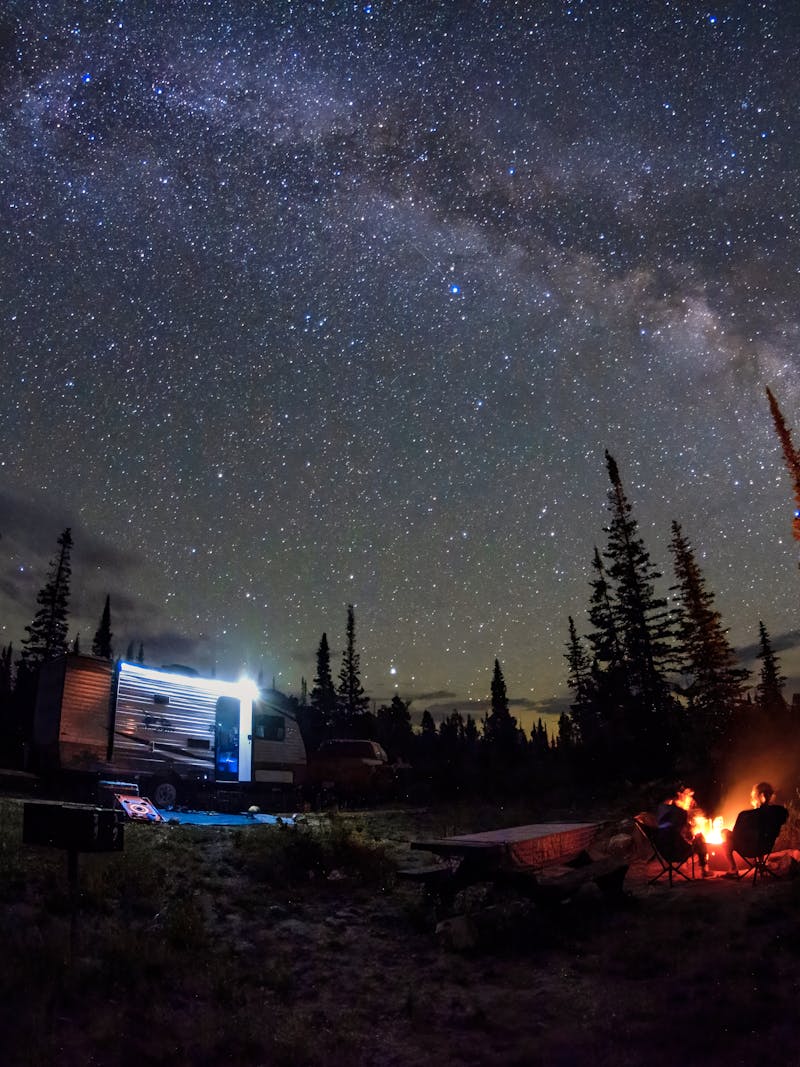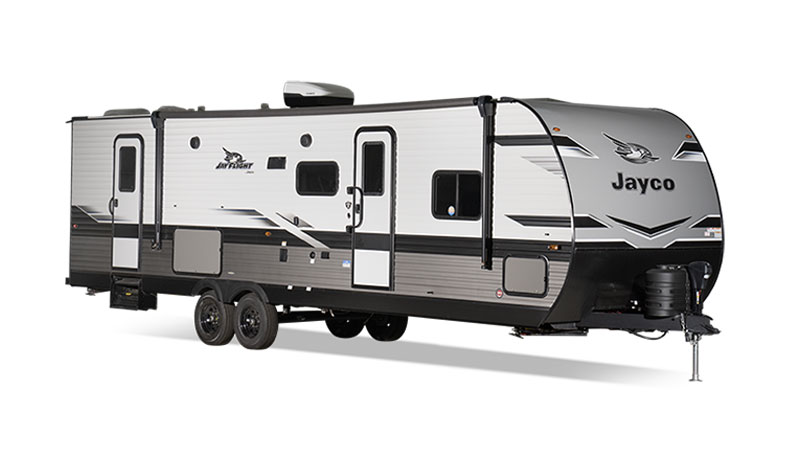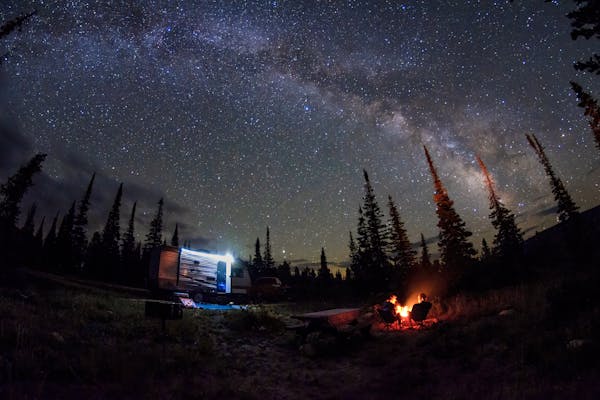Alison and Jason, along with their two boys Preston and Grayson, are not only avid campers and hikers but they’re also extremely talented photographers. They specialize in astrophotography, and love taking pictures of comets, meteor showers and other celestial events. They take multiple trips every year in their Jayco Jay Flight travel trailer and try to visit as many dark sky state parks as possible.
Travel
The ultimate Pacific Northwest stargazing road trip
These celestial stops will offer you some of the best views of the night sky.







